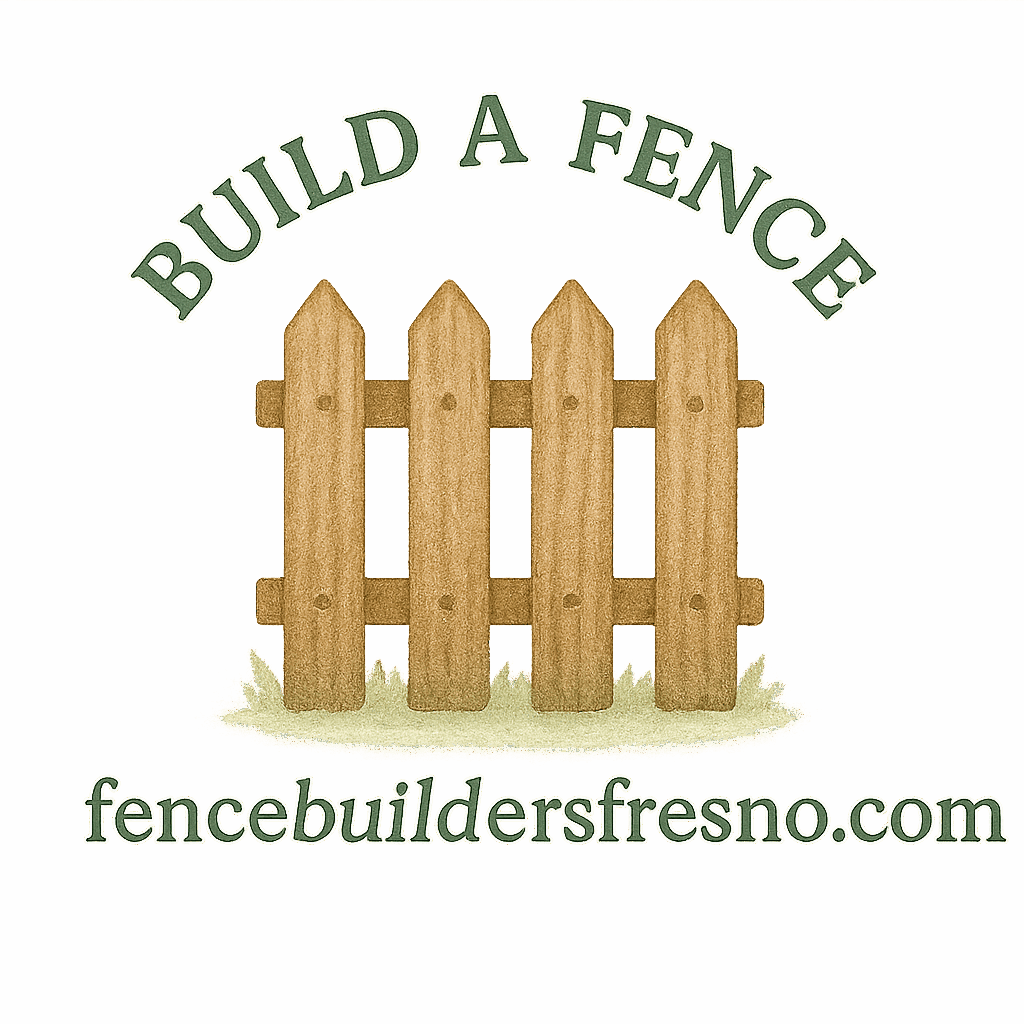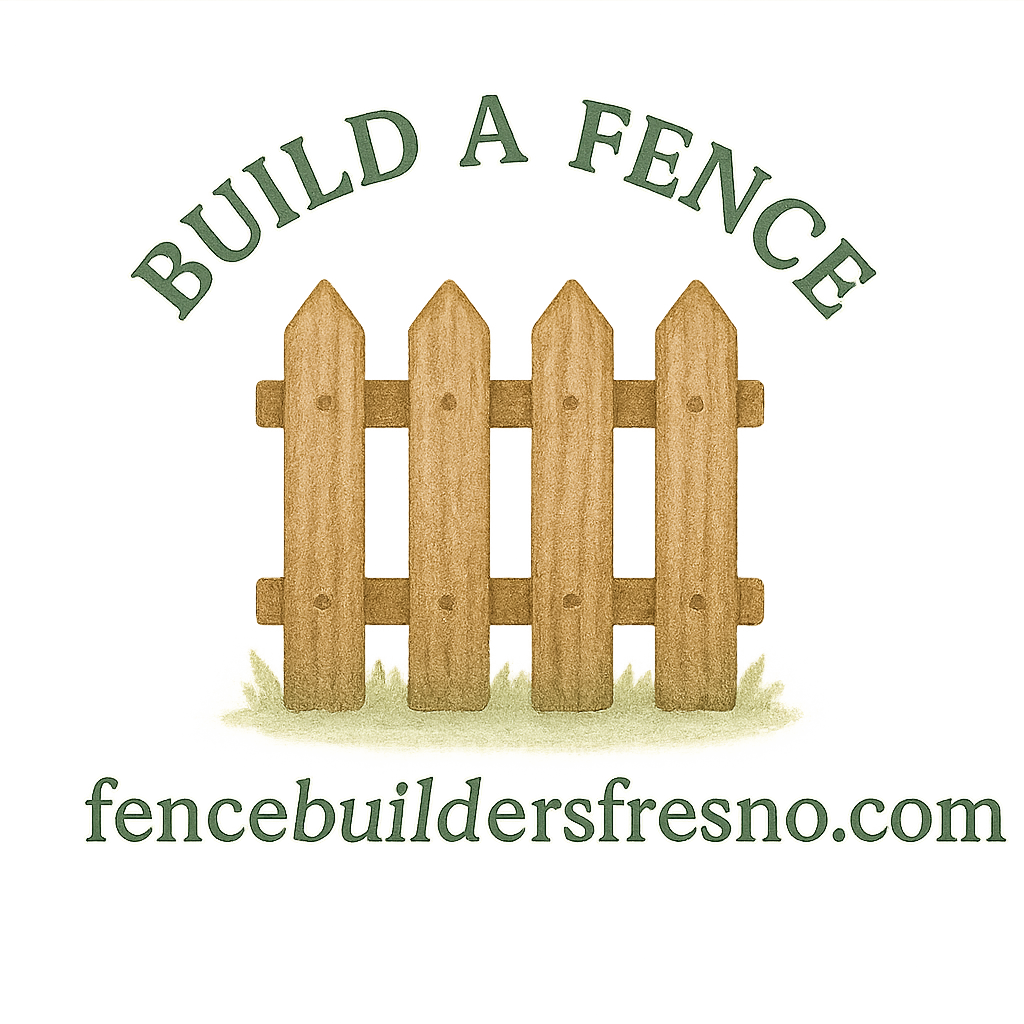Introduction to DIY Fencing Planning Projects
Ever thought about building your own fence? Whether it’s boosting curb appeal, adding privacy, or keeping pets safe, a fence is one of the most rewarding DIY projects you can take on. But here’s the catch: if you want to save time, energy, and stress, you need the right power tools for your DIY fencing planning projects. Without them, your weekend project could easily drag into weeks of sweat, splinters, and frustration.
In this guide, we’ll walk you through the 10 best power tools for DIY fencing planning projects, why they matter, and how to use them like a pro.
Why Power Tools Matter in Fence Building
Think of power tools as your DIY fencing superheroes. Sure, you could use old-school hand tools, but you’ll end up with blisters and possibly a crooked fence. Power tools make things faster, more precise, and less exhausting. From drilling perfect holes to cutting straight panels, the right tools can be the difference between a sturdy fence and a wobbly eyesore.

Essential Safety Tips Before Using Power Tools
Before we jump into the fun part, a quick reality check: power tools are powerful for a reason, and misuse can lead to accidents. Always:
- Wear protective gear (gloves, goggles, ear protection).
- Double-check cords and batteries.
- Read your tool’s manual (yes, it matters).
- Never rush—slow and steady keeps all your fingers intact.
Best Power Tools for DIY Fencing Projects
1. Power Drill
If fencing tools had a king, it would be the power drill. From pre-drilling screw holes to attaching brackets, this tool does it all.
Benefits of Using a Power Drill
- Cuts down time dramatically compared to a screwdriver.
- Creates precise holes for screws, bolts, and hinges.
- Essential for both wood and metal fencing.
Tips for Choosing the Right Drill
Go for a cordless model with strong torque and long battery life. A 20V drill usually gives you plenty of power for fence projects.
2. Circular Saw
Need to cut lumber, fence boards, or even metal panels? A circular saw is your best friend.
Why a Circular Saw is Essential for Fencing
- Handles long, straight cuts with ease.
- Cuts both wood and composite fencing materials.
- Perfect for trimming boards to the right size.
Safety Practices for Saw Use
Always clamp your material before cutting and keep both hands on the saw. Let the blade do the work—forcing it is a recipe for disaster.
3. Post Hole Digger (Auger)
No fence can stand tall without solid posts. A post hole digger makes setting those posts much easier.
Manual vs. Powered Augers
- Manual augers are cheap but time-consuming.
- Powered augers save your back and dig deeper holes faster.
How to Use an Auger Efficiently
Mark your fence line first, then dig evenly spaced holes. The rule of thumb: holes should be one-third the length of your fence posts.
4. Impact Driver
Think of an impact driver as a power drill’s muscle-bound cousin. It drives screws into tough materials like hardwood or treated lumber with ease.
Difference Between a Drill and an Impact Driver
- Drills are versatile, but impact drivers deliver more torque.
- Use drills for holes, impact drivers for fastening.
Best Uses in Fence Building
Perfect for attaching rails, panels, and hinges where extra torque is needed.
5. Reciprocating Saw
A reciprocating saw is the demolition tool every DIYer needs.
Cutting Through Old Fence Posts
Need to replace an old fence? This saw slices through wood, nails, and even metal like butter.
Versatility of the Tool
Beyond fencing, it’s handy for pruning trees or cutting pipes. Definitely worth the investment.
6. Angle Grinder
An angle grinder is like the Swiss Army knife of cutting and shaping.
Grinding, Cutting, and Smoothing Fence Materials
- Cuts through metal posts or panels.
- Smooths sharp edges on steel fencing.
- Grinds down old nails and bolts.
Choosing the Right Discs
Use cutting discs for metal, grinding discs for smoothing, and flap discs for finishing work.
7. Power Sander
Want a fence that looks sleek instead of splintery? Enter the power sander.
Benefits for Wood Fence Projects
- Smooths rough edges and splinters.
- Prepares surfaces for painting or staining.
Different Types of Sanders
- Orbital sanders for general work.
- Belt sanders for heavy-duty smoothing.
8. Nail Gun
If hammering nails sounds exhausting, a nail gun will save your sanity.
Speeding Up Fence Installation
- Fires nails in seconds—far faster than hammering.
- Great for attaching panels or rails quickly.
Nail Gun Safety Tips
Keep hands clear, never bypass safety locks, and always disconnect the gun when loading.
9. Miter Saw
Fence panels often require angled cuts, and that’s where the miter saw shines.
Precision Cutting for Fence Panels
- Cuts clean 45° angles for corners.
- Ideal for decorative fence tops.
Angle Adjustments and Accuracy
Look for a sliding compound miter saw for maximum flexibility in fence cutting.
10. Power Paint Sprayer
The finishing touch of any DIY fencing project is protection. A power paint sprayer gives your fence that professional finish.
Quick and Even Fence Finishing
- Covers large areas in minutes.
- Provides smooth, drip-free coats.
Best Paints and Stains for Fences
Choose exterior-grade stains or sealants for long-lasting durability against sun and rain.
Additional Tools Worth Considering
Measuring Tape and Laser Level
Accuracy is everything in fencing. A measuring tape ensures correct spacing, while a laser level keeps your fence straight.
Clamps and Workbench
Clamps hold boards steady while you cut or drill, and a solid workbench saves your back from bending.
Extension Cords and Power Sources
If you’re using corded tools, don’t forget heavy-duty extension cords rated for outdoor use.
Budgeting for DIY Fence Tools
Buying every tool on this list may seem pricey. But here’s a tip: invest in the must-haves (drill, saw, auger), and consider renting the others. Many hardware stores rent tools at a fraction of the purchase price.
DIY vs. Hiring Professionals – When to Decide
DIY is rewarding, but it’s not for everyone. If your property has uneven terrain, tricky soil, or large-scale fencing needs, hiring professionals like Fence Builders Fresno may save you time and money in the long run.
Fence Maintenance Tools for Long-Term Care
Once your fence is up, tools like a sander, sprayer, and even a small impact driver will come in handy for upkeep. For more tips, check out fence maintenance and repair.
Common Mistakes to Avoid in DIY Fencing Projects
- Skipping the measuring and planning stage.
- Using weak posts that won’t hold up.
- Forgetting local property line and permit laws (see legal property considerations).
- Overlooking weatherproof finishes.
Conclusion
Building a fence yourself can be one of the most satisfying DIY projects you’ll ever tackle. With the 10 best power tools for DIY fencing planning projects, you’ll save time, reduce effort, and end up with a fence that not only stands tall but also looks amazing. Whether you’re cutting, drilling, sanding, or painting, these tools will make the journey smoother and the results more professional.
FAQs
1. What’s the most important power tool for DIY fencing?
A power drill tops the list—it’s versatile, reliable, and used in almost every step.
2. Can I build a fence without power tools?
Yes, but it will be much harder, slower, and less precise. Power tools save you both time and effort.
3. Should I buy or rent fencing tools?
If you plan on multiple projects, buying is worth it. For one-time use, renting is more cost-effective.
4. How deep should fence posts be?
A good rule is at least one-third the post length, usually 2–3 feet deep.
5. Is a circular saw better than a hand saw for fencing?
Absolutely. A circular saw makes straighter, faster cuts with far less effort.
6. Do I need both a drill and an impact driver?
Yes—drills are great for holes, while impact drivers handle tougher fastening jobs.
7. How do I make my fence last longer?
Regular maintenance: clean, sand, and seal it. A power paint sprayer makes upkeep much easier.


